Concepts, Experience and Prospects
▶ Compares early theoretical and practical motivations for national
development planning with those now emerging in the globalized
world economy
▶ Presents real-world accounts of current experiences in national
planning and industrial policy by international scholars with
firsthand experience
▶ Discusses new tools and approaches to development such as physical
infrastructure planning, industrial policy, and cluster policy
National economic planning aims at defining strategic economic objectives and priorities
for a country and designing longer term policies and institutional frameworks to achieve
them. Complemented in some cases by industrial policies, economic planning is a
dynamic attempt to change the structure defining parameters and policy mix of an
economy.
In market based economies ranging from Western Europe to Asia, planning has been
practiced since the end of the Second World War as a key developmental tool. Industrial
policies have a longer history that could be traced back to at least Alexander Hamilton.
Again, they have been employed in different countries under different forms.
Economic development has still been an ongoing quest and successful economic
development is probably needed more than before by many nations, Since 1980s,
however, with significant changes in the dynamics of the world economy, economic
planning and industrial policy have been less and less discussed in academic and policy
circles.
As external and domestic conditions have changed so should planning. However,
although it continued to be practiced one way or another in many countries, lack of
discussion leads to either ‘planning as before’ (being called economic planning or under
the disguise of various other tools) or no formal planning. The former is likely to be
inadequate or even inappropriate under new surrounding conditions. On the other hand,
economic planning under different forms consists of related but generally uncoordinated
developmental tools such as public sector strategic plans, revived forms of physical
infrastructure planning, new versions of industrial, technology, innovation, cluster and/or
R&D policies.
